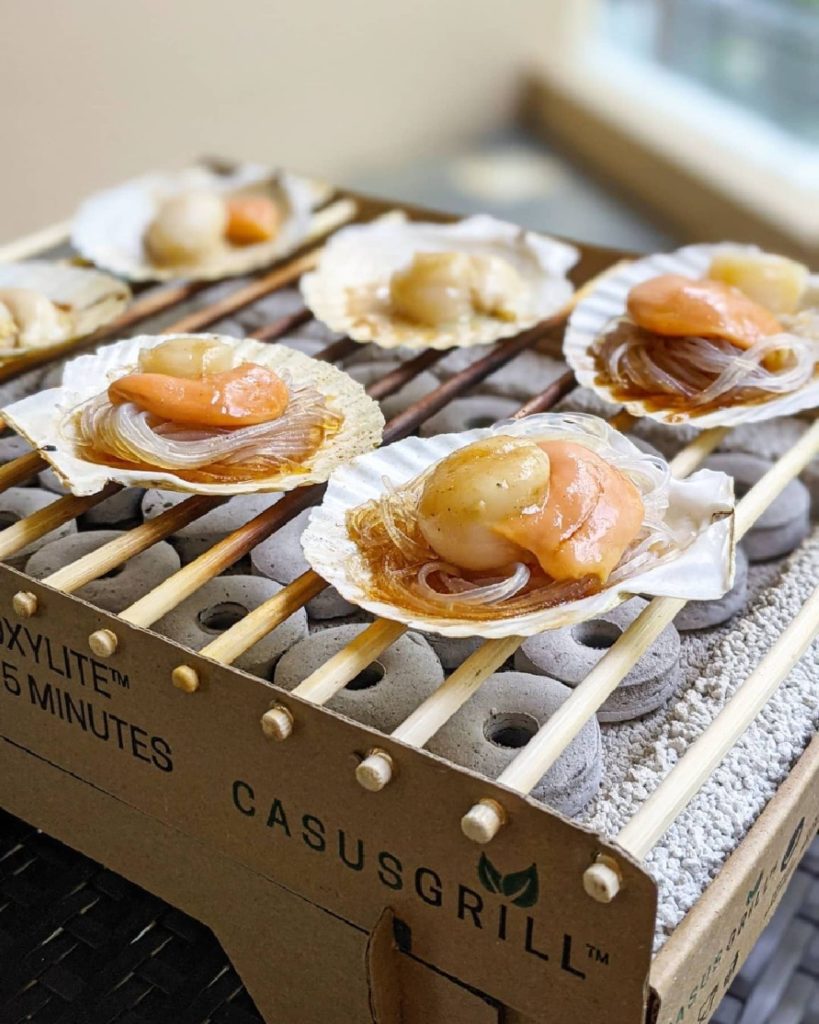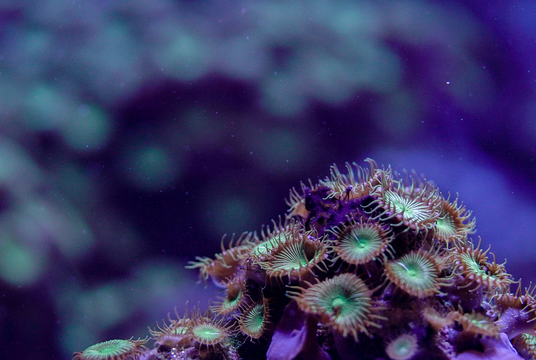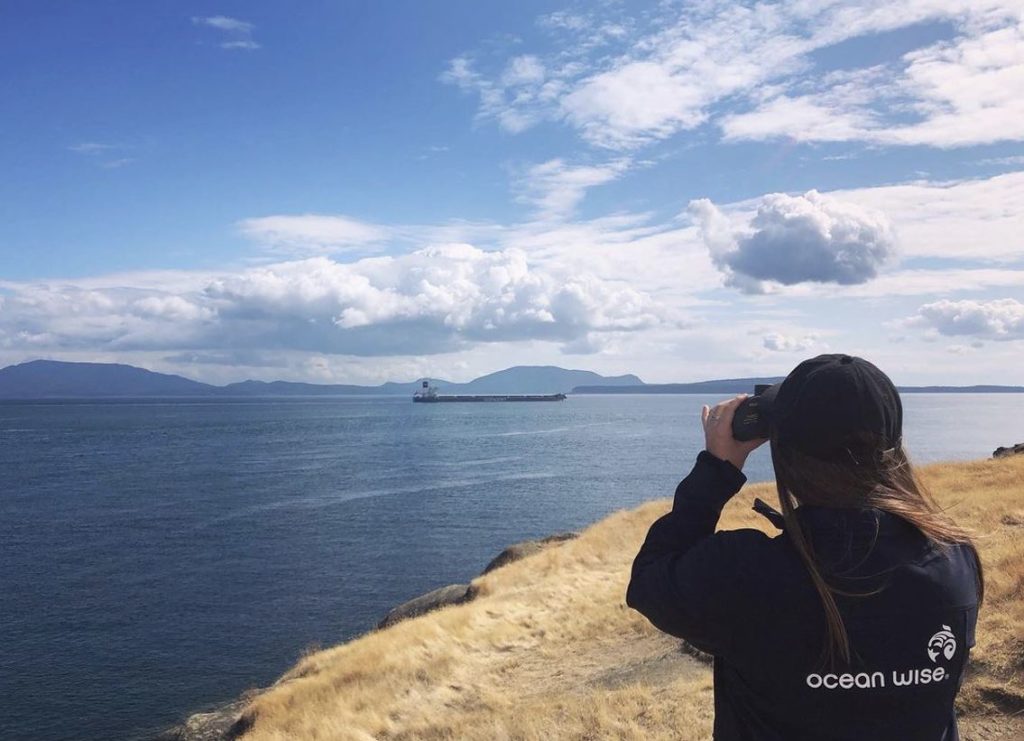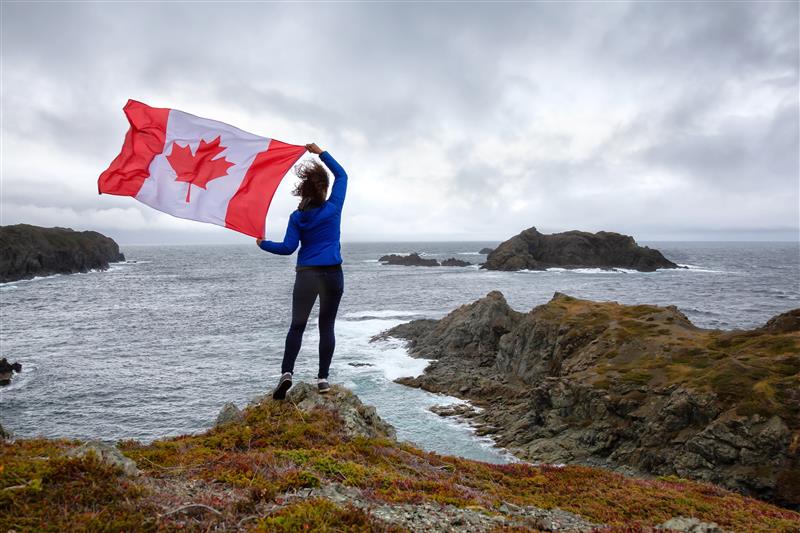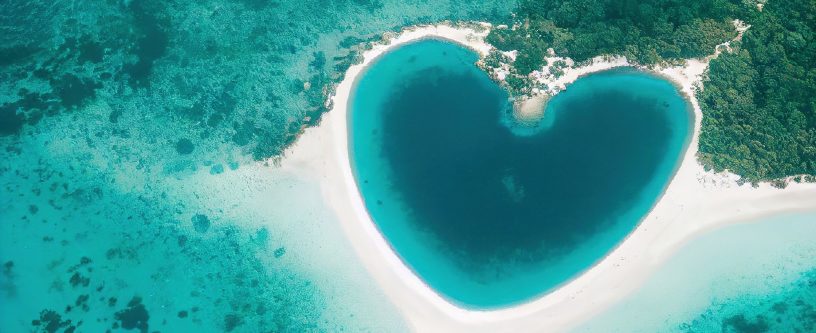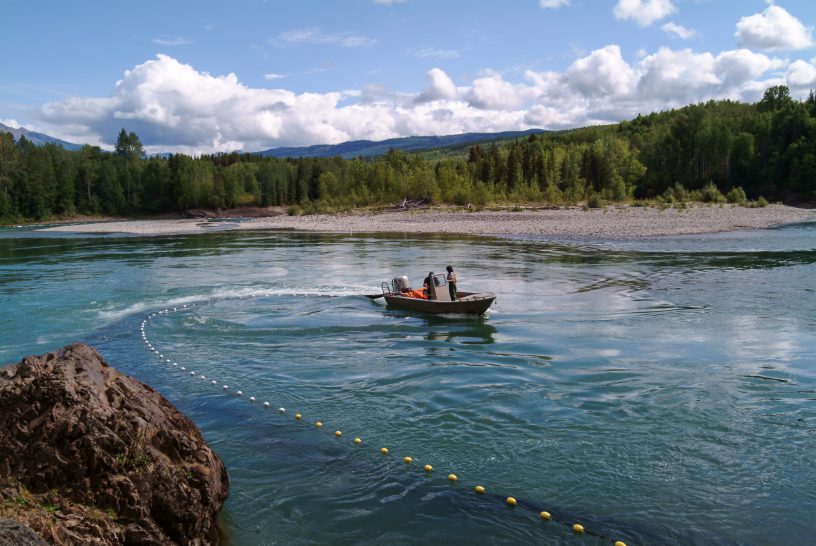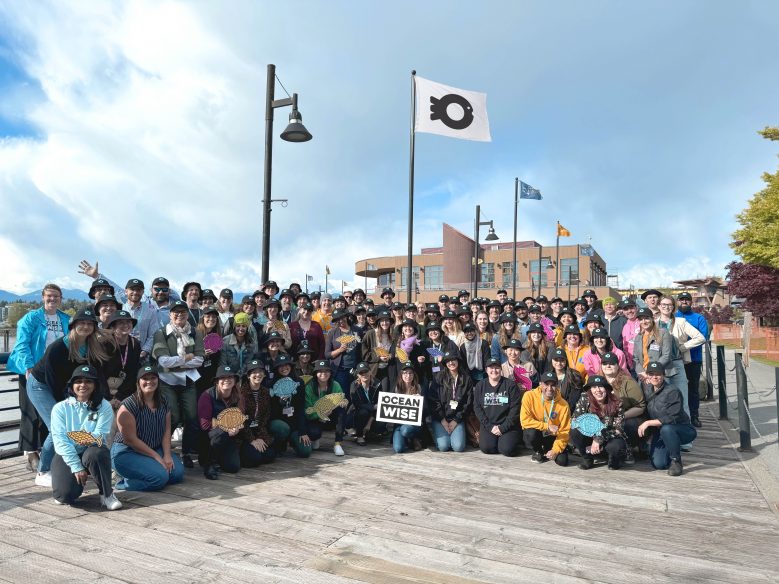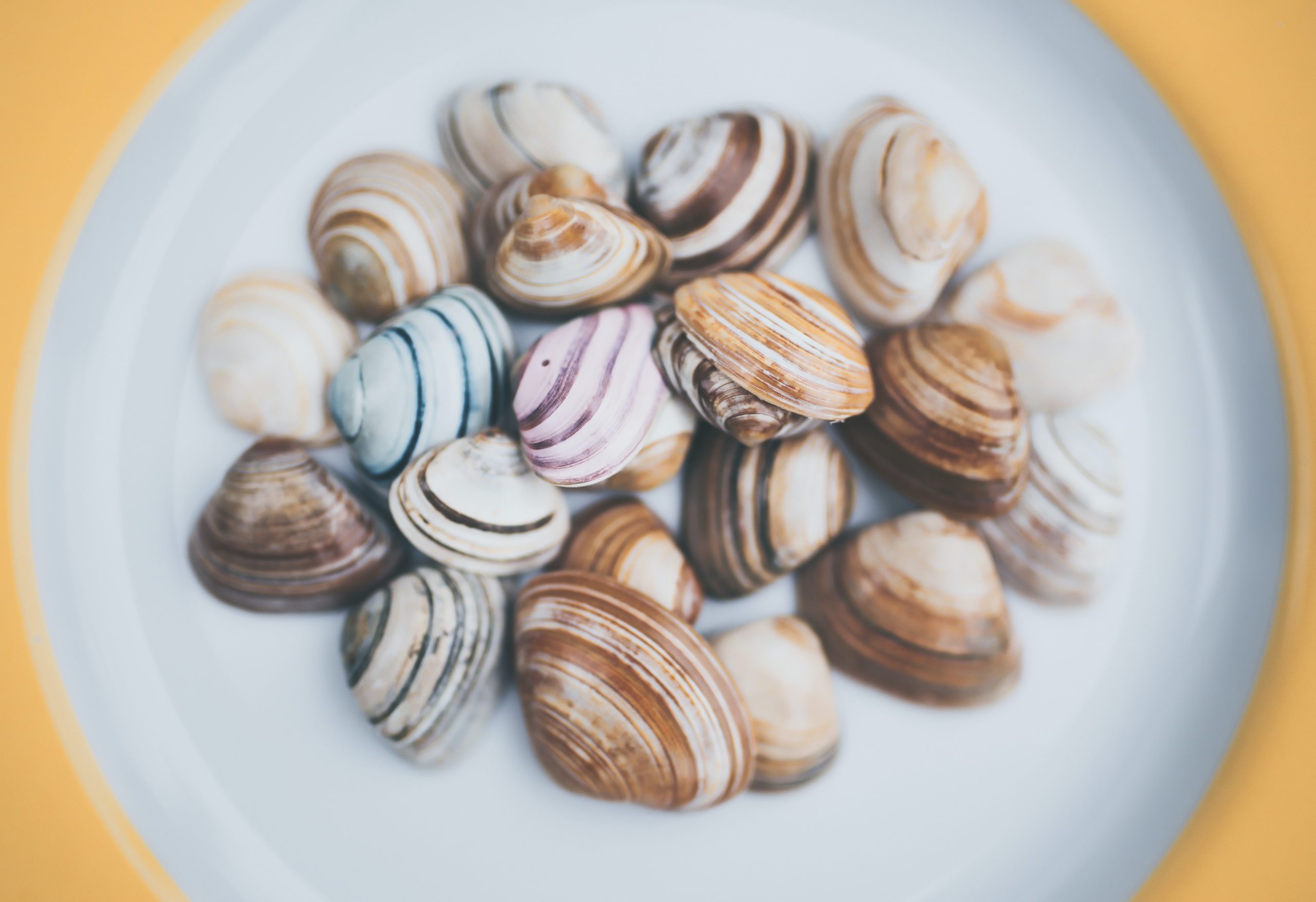
Indigenous Clam Gardens
Indigenous peoples have actively and sustainably managed natural resources in their environments for thousands of years. One example of this type of management exists along the Northwest coast of North America, at the edge of the ocean: clam gardens. Clam gardens are ancient sites, consisting of cleared and terraced beaches protected by kilometers of rock walls built in the intertidal zone (land underwater at high tide, and above water at low tide) near traditional First Nations and Native American settlements. Clam gardens served to increase the productivity of clams and other marine organisms. Some clam gardens appear to be more than 2,000 years old, and clam middens (sites where shells from meals were left) suggest shellfish have been a key food source for over 5,000 years.
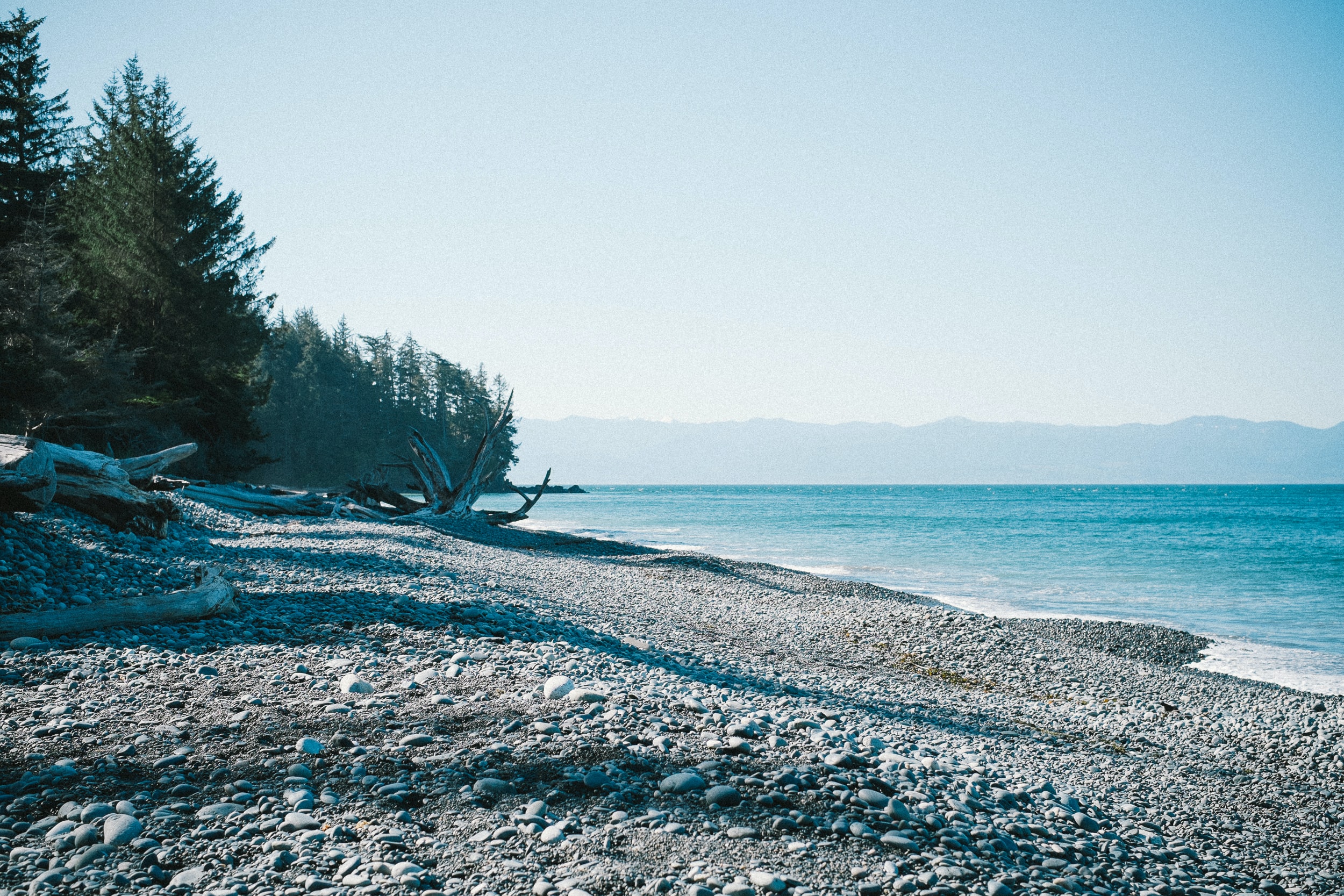
Clam gardens are culturally important to Native Americans and First Nations people as they were an act of engineering which served to ensure a reliable source of an important food: clams. Clams are easy to harvest and serve as a high-quality protein and vitamin source which could be consumed fresh or dried. Clams were also used in many community events and were a valuable trade item.
Collaborations between traditional knowledge holders and research scientists have shown the ecological benefits of clam gardens. As these gardens are built and maintained, broken shells and sand accumulate on the land-facing side of the wall, providing an ideal habitat for clam growth. These gardens were also built at specific tidal heights that maximize clam habitat, resulting in four times as many butter clams and twice as many littleneck clams in clam gardens on Quadra Island, BC, when compared to un-managed beaches.
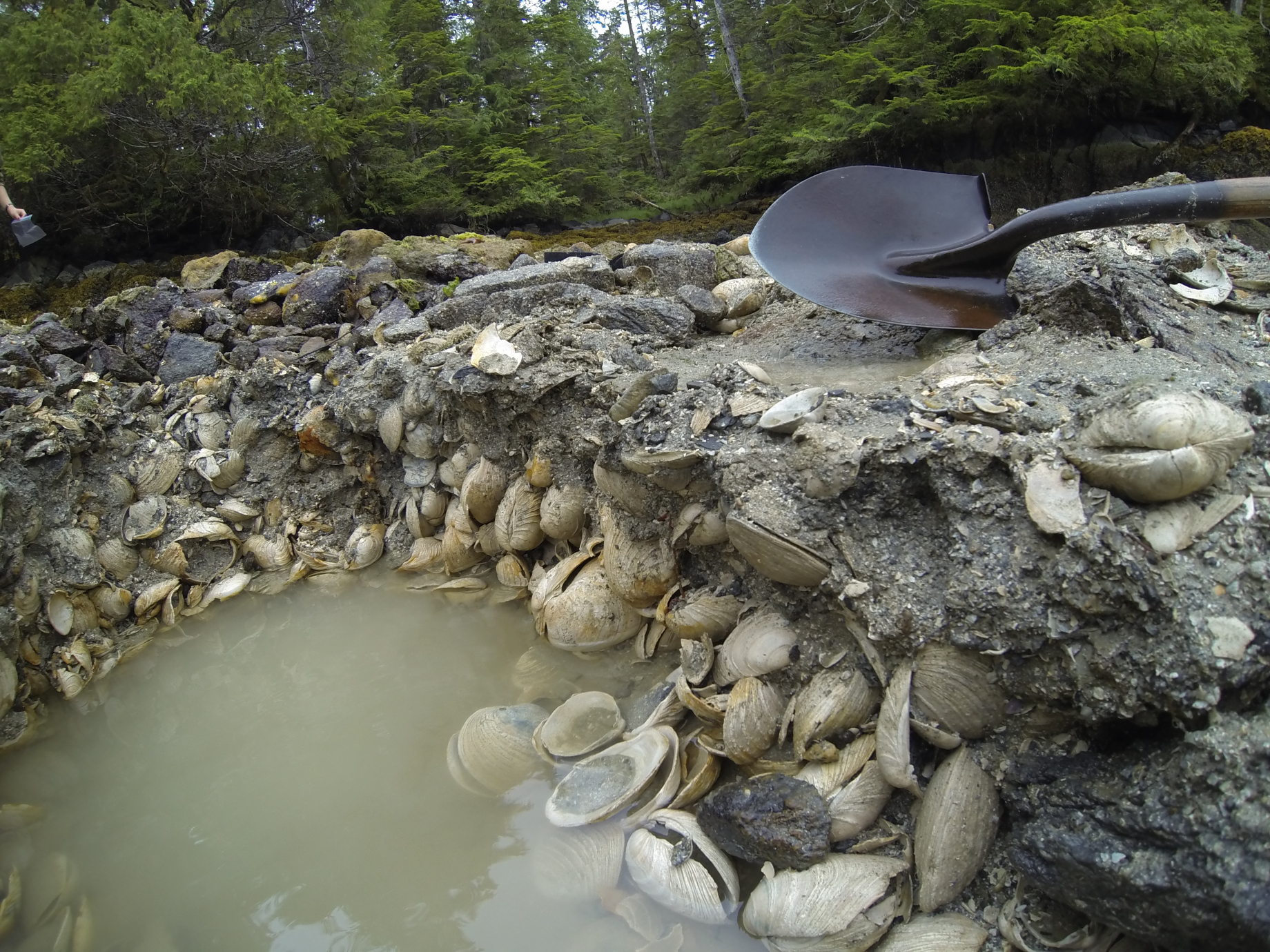
Indigenous knowledge holders know that harvests improve clam habitat on beaches. Digging for clams allows oxygen into the sand, while removal of boulders, dead clams and seaweed allows young clams to grow. Some people even added broken shells back to the beach to improve sediment conditions. Clam gardens also serve to increase the amount of time water remains on the beach during tides, which may increase the number and survival rate of larval clams in the area. As a Hul’q’umi’num’ knowledge holder reported, clam gardens provide a way to “trap the seeds and keep them here.” Knowledge holders also suggest the boulder walls used to protect clam gardens and change the slope of the beach also provide habitat for octopus, sea urchins, sea cucumbers, whelks, and red turban snails, many of which are also important foods for coastal First Nations people. Perhaps clam gardens should be called sea gardens!
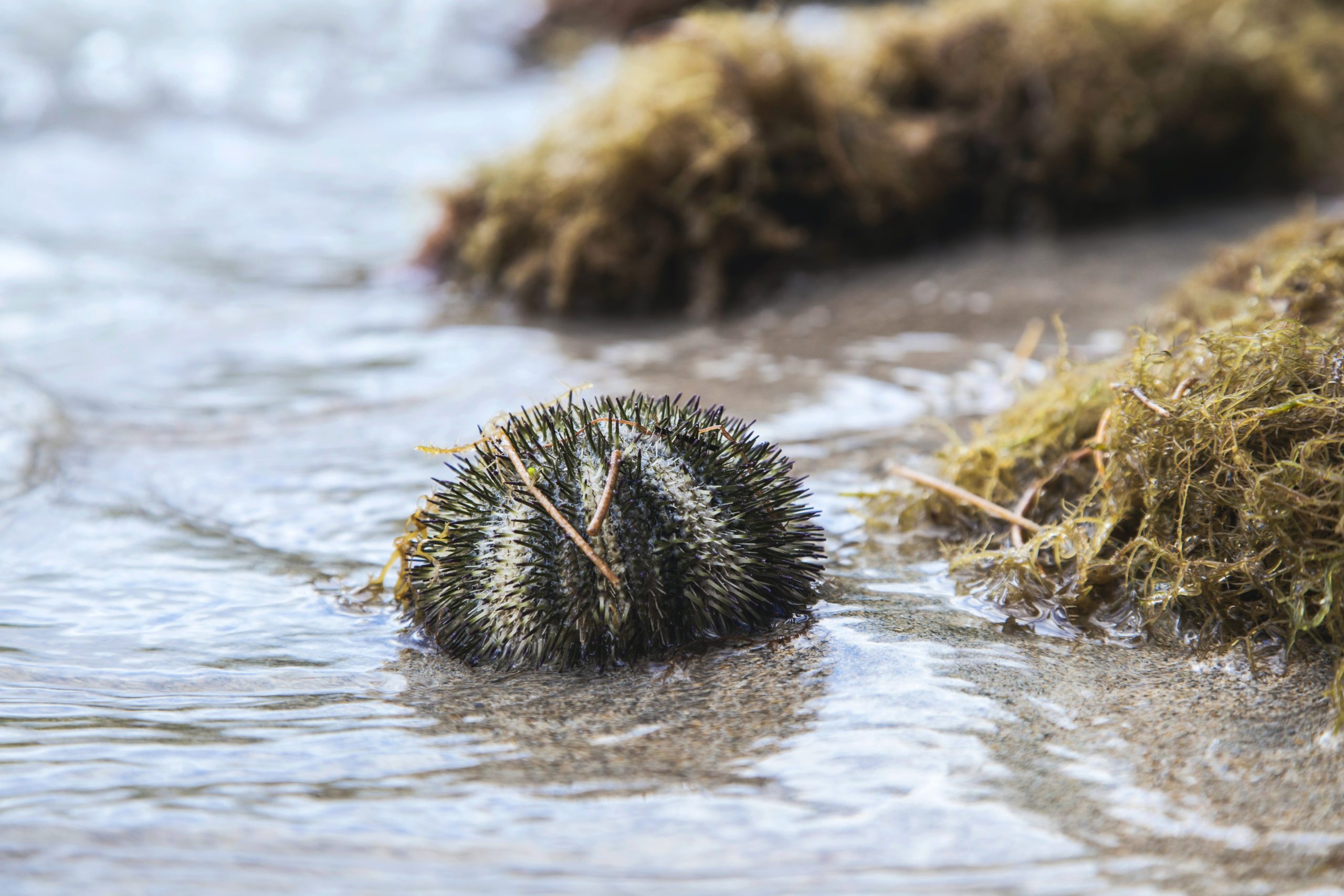
Until recently, most of these clam gardens were no longer managed and were unknown to western science. However, they remained in the memory of First Nations. In the past few years research on clam gardens and restoration initiatives have provided an opportunity for western science to learn from traditional knowledge holders from Hul’q’umi’num’ and W̱SÁNEĆ Nations, among others. This work is an example of how science can complement traditional knowledge, rather than obscuring it. These collaborations also provide an opportunity for Elders to share knowledge with youth in an outdoor classroom, so that ancient knowledge continues to be passed on through generations.
It is important to acknowledge the shortcomings of western science and understand how collaborating with traditional knowledge holders can provide economic, cultural, social and ecological benefits to people and the natural systems around us. We encourage you to learn more from those with more knowledge than us through the resources listed below.
Aquablog written by Quinn Anderson, Ocean Wise Seafood Program Assistant, Western Canada
Additional Resources for more information:
Websites:
W̱SÁNEĆ Leadership Council: The Clam Garden Restoration Project
W̱SÁNEĆ Clam Garden Restoration Project Final Report
Parks Canada Gulf Islands National Park Reserve Clam garden restoration
Videos:
Clam Gardens – Learning Together – Gulf Island National Park Reserve (3 mins)
A Wall Worth Building: Making Clam Habitat Great Again (4 mins)
Mysteries of Ancient Clam Gardens (7 mins)
Films:
Ancient Sea Gardens: Mystery of the Pacific Northwest (48 mins)
Books:
Clam Gardens: Aboriginal Mariculture on Canada’s West Coast
Academic Papers:
Posted August 21, 2020 by Ocean Wise

